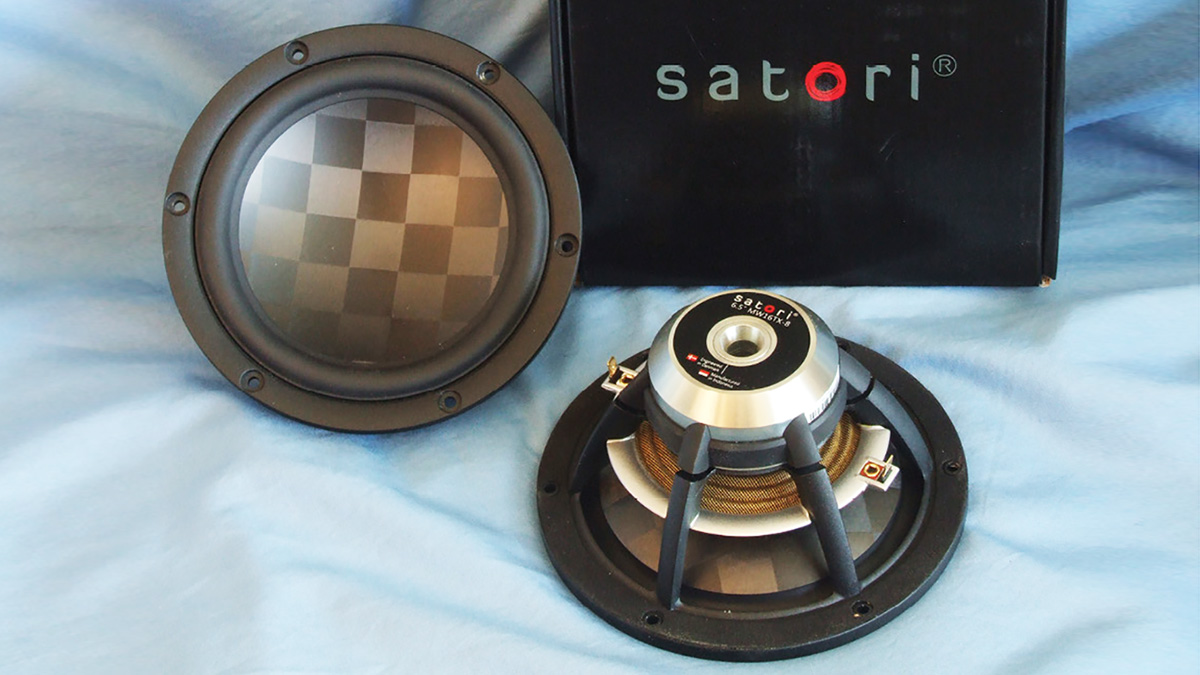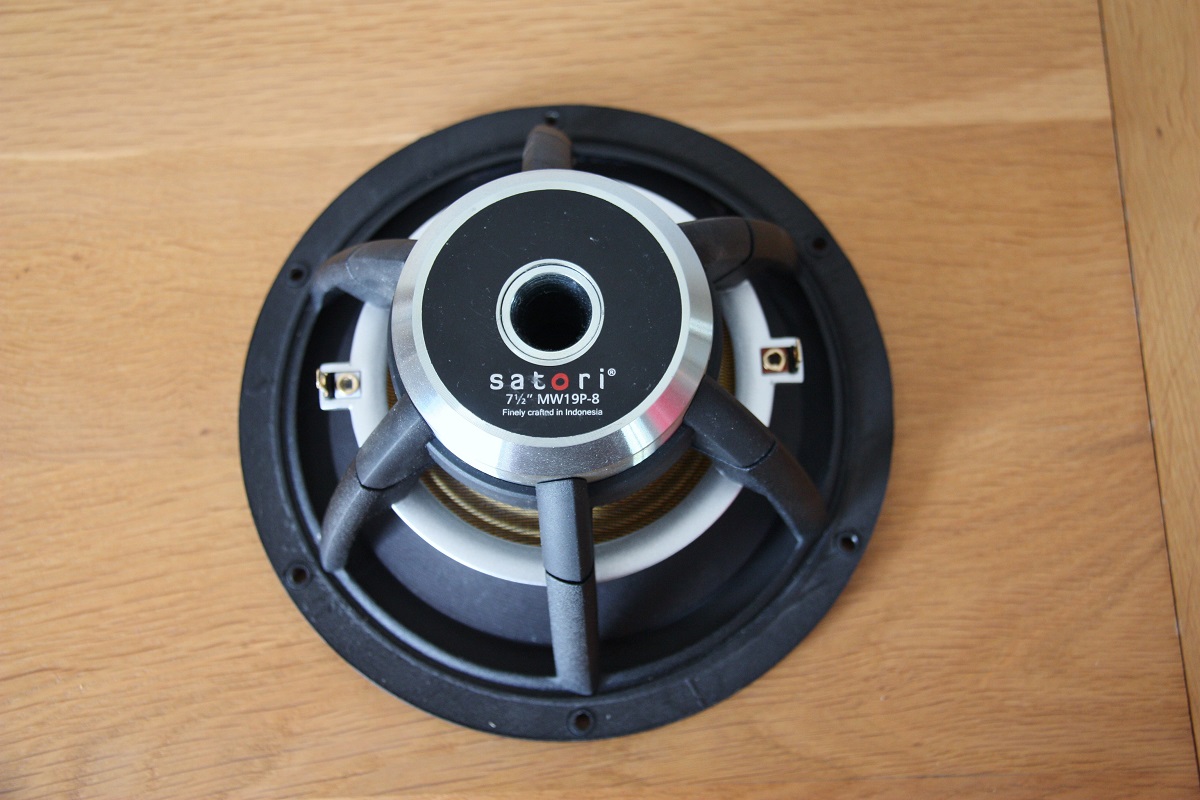My job is to judge performance. With no goalposts, this industry has sunk to as low as they can possibly get. We have been able, through numerous reviews, managed to move this titanic of a ship to correct its heading a few degrees. Guidelines for performance may act as an auto-pilot for the industry to correct itself. And give targets to engineers and marketing people to follow when they have none currently. Once the whole industry is engineering proper products, then you can sort them based on other factors. Right now you have all of those problems and not knowing how something performs.
I feel we also need to do consumer advocacy for improvements in warranty policies and mean time between failure. For electronics those are probably the two most important things aside from performance.
Wildcard idea. Because this is
not certification but just guidelines, what if you had guidelines that are not part of the objective testing?
This actually helps prevent misuse of the guidelines as certification because “obviously” these things are not tested. But it also helps the industry know what makes sense.
1) We believe a __DAC/amp/turntable___ should have a MTBF of x years. Or an AFR of < 1.5%.
Hard drives break all the time, but we don’t think of it as negligent, or consumer unfriendly. It’s the nature of the product. There’s no way to test this, but having a number will help new companies understand what they should be targeting if they don’t want consumer opinion to sway negative.
2) Components operating at greater than 5V should use AC power supplies that have been certified by a Nationally Recognized Testing Laboratory.
Maybe 5V is too low of a threshold but it’s a reasonable thing to ask. It may not affect the “panther” but you do mention it and if certification ends up costing the consumer $5 more, it’s probably a good idea to prevent scenarios like PS Audio’s power thingy having full 117v on the chassis.
3) User replaceable batteries are preferred (?)
4) Products that are updated regularly (like AVRs) should maintain the measured audio performance +/- x%, if pricing follows inflation.
We hate measurement regression even if the newer product still meets the minimum guidelines. This sort of says that if you are going to charge more, it should perform better.
5) Components should be finished to sufficient standards to prevent the user from bleeding or cutting themselves on sharp edges.
I recall you talking about products that had sharp edges or burrs that could cut you?
6) Products greater than ___ lbs should consider handles for safe movement.
7) Products that carry tipping hazard warnings should have provisions for wall tethering without damaging the finish.
This is for you, Harman. The JBL Studio 590 has the actual safely pamphlet saying that the 590 can be a tipping hazard. Not every speaker has that warning from Harman (so it’s not like a California Prop 65 warning). They recommend tethering, but that involves drilling into the cabinet. It would have been so much better if they had a small M8 thread to allow easy mounting. Alternatively, they can add some weight on the cabinet base, etc.
8) Products requiring warranty service should have turnaround times of 30 days or less, not including the shipping times. If repairs are expected to be greater than 30 days and the product is a currently shipping model, companies should strongly consider supplying a replacement unit.
30 days? 60 days?


